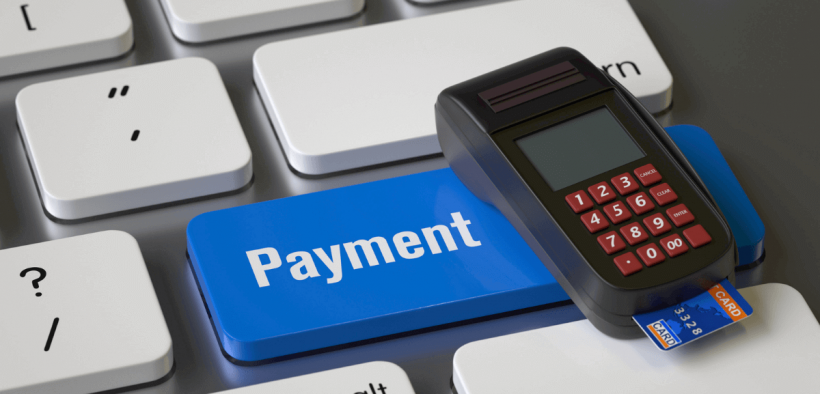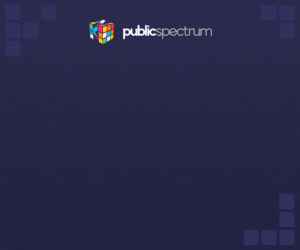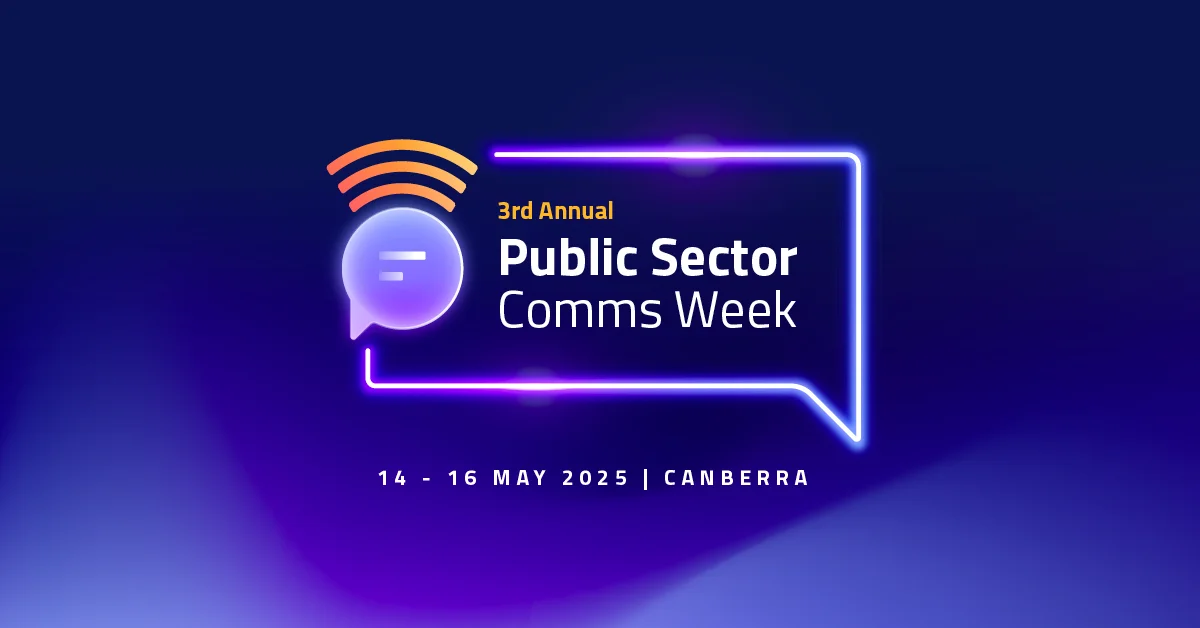ASIC updates ePayments Code to further protect consumers
Share

The ASIC has updated its ePayments Code, providing enhancements to its already established rules and adding clarity on a number of its existing protections for consumers.
“The ePayments Code plays an important role in reinforcing consumers’ confidence and trust in making electronic payments. These updates will ensure the Code remains relevant now and for the foreseeable future,” Commissioner Sean Hughes said.
In addition to extending the ePayments Code to cover payments made using the New Payments Platform, ASIC has also updated the following areas of the ePayments Code:
- compliance monitoring and data collection;
- mistaken internet payments;
- unauthorised transactions;
- complaints handling; and
- facility expiry dates.
These changes will serve to strengthen the ePayments Code’s protections by removing ambiguity and, where appropriate, expanding protections. This can help further protect consumers from the growing dangers within the digital space.
Formerly known as the Electronic Funds Transfer Code of Conduct (EFT Code), the ePayments Code plays an important role in the regulation of electronic payment facilities in Australia. The Code has been established for the following tasks:
- requires subscribers to give consumers clear and unambiguous terms and conditions
- stipulates how terms and conditions changes (such as fee increases), receipts and statements need to be made
- sets out the rules for determining who pays for unauthorised transactions, and
- establishes a regime for recovering mistaken internet payments.
The Code provides important consumer protections in relation to electronic payments, including ATM, EFTPOS, credit and debit card transactions, online payments, and internet and mobile banking.
It also complements other regulatory requirements, including financial services and consumer credit licensing, advice, training and disclosure obligations under the Corporations Act 2001 and the National Consumer Credit Protection Act 2009.
The Code also sets out a process for customers to get help from their financial institution in retrieving funds they have mistakenly paid to the wrong person.
Subscription to the Code is voluntary. Most banks, credit unions and building societies in Australia, as well as a small number of other providers of electronic payment services, subscribe to the Code.
ASIC is responsible for administering the Code, including monitoring compliance and conducting regular reviews.
Source: ASIC Media Release
Eliza is a content producer and editor at Public Spectrum. She is an experienced writer on topics related to the government and to the public, as well as stories that uplift and improve the community.






















